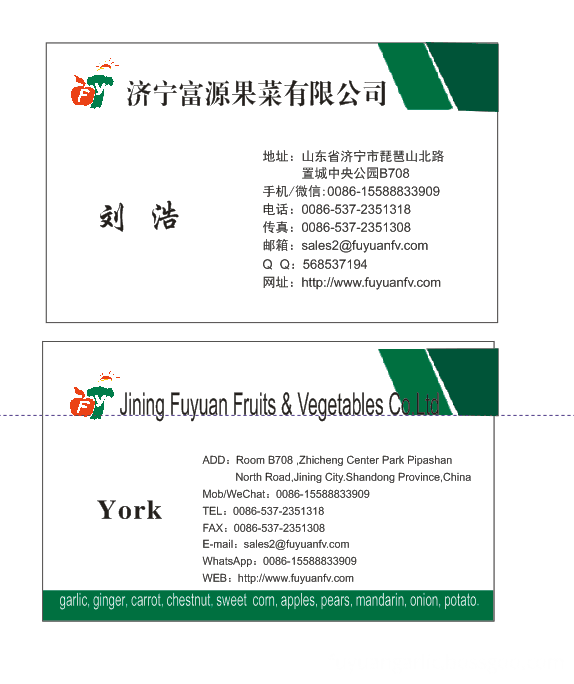Right now, peanuts have entered the harvest season and there are more and more farmers using peanut shellers. However, due to the failure to properly grasp the use of peanut sheller, a number of operators have failed to give full play to their proper performance. Not only are the shells of poor quality and inefficient, they also cause accidents. The author now describes its use as follows:
First, the working principle of peanut sheller
Peanut sheller consists of racks, fans, rotors, single-phase motors, screens (with two sizes), hoppers, vibrating screens, V-belt wheels, and transmission belts. After the equipment is in normal operation, the peanuts are put into the hopper quantitatively, evenly and continuously. The peanuts are broken under the action of the repeated blows, frictions, and collisions of the rotor. The peanuts and the broken peanut shells are under the rotating wind pressure and blow of the rotor. Through a certain aperture sieve (peanut the first threshing with a large-pore screen, after the selection of small skin fruit replaced with a small hole screen for a second shelling) filtration, separation. Peanut shell and grain under the effect of the blowing force of the rotating fan, the light-weight peanut shell is blown out of the machine body, and the heavier weight peanut grains are selected through vibration sieve to achieve the purpose of cleaning.
Second, the correct use of sheller requirements
1. Requirements for sheller. For shelling clean and high productivity, the shelling machine with cleaning device also requires a higher degree of cleanliness; the loss rate is low, the broken rate is small; the structure is simple, reliable, easy to adjust, and the power consumption is low. Certainly versatile. Can be used to peel shells from a variety of crops to increase the utilization of machinery.
2. Requirements for peanuts. Peanut should be suitable for dryness and wetness. Too much dryness will result in high breakage rate. If it is too wet, the work efficiency will be affected. In order to make wet and dry suitable, the following methods can be used: 1 Shelling in winter. Before shelling, use 10 kg of warm water evenly sprayed on 50 kilograms of fruit, and covered with plastic film for about 10 hours (other seasons covered with plastic film for 6 hours), and then in the sun drying for about 1 hour Shelling. 2 Soak dried peanuts (leaves) in a large pool, remove them immediately after dipping and cover them with plastic film for about 1 day, then dry them in the sun, and start shelling after suitable drying.
Third, the use of methods and precautions
1. Before use, check whether the fasteners are tightened, whether the rotating part is flexible, and whether the bearings have lubricating oil. The sheller should be placed on a stable surface.
2. After the motor is started, the rotation of the rotor should be consistent with the direction indicated on the implement. Let idling for a few minutes first, observe abnormal sounds, and run it properly before feeding peanuts evenly.
3. When peanuts are fed, they must be evenly and properly fed, and they must not contain iron scraps, rocks, etc. to prevent breaking of peanuts and mechanical failure. When the peanuts cover the sieve surface, they can open the rice mouth switch.
4. Select the appropriate screen according to the size of the peanut.
5. When peanut shells increase in peanuts, the motor can be moved downwards to tighten the fan belt and increase the amount of air.
6. When operating, do not stand on the belt drive side to avoid injury.
7. When using the machine for a period of time, be sure to remove dust, dirt, and remaining grains from the inside of the machine. Remove the belt and store it. Wash all parts of the bearing with diesel oil, dry it, and grease it. Cover the machine in a dry warehouse and avoid sun and rain.
8. Ensure that there is sufficient lubricant in the transmission parts and bearings and clean and replace them regularly.
In 1990, the total output of oranges in the world was nearly 69 million tons, ranking first in all kinds of fruits, with a per capita consumption of more than 13.3 kilograms.
Nanfeng tangerine (nickname orange, orange, Nanfeng orange) is an excellent variety of Citrus in China, and also a rare specialty in Jiangxi province. The origin and main producing areas of Nanfeng oranges are in Nanfeng County, Fuzhou City, Jiangxi province. Up to now, they have been cultivated for more than 1300 years. Nanfeng tangerine is famous for its golden yellow color, thin skin, tender meat, no residue, strong flavor and sweet smell.By the way, we also supplied Fresh Garlic , Fresh Ginger , Air Dried Ginger , Fresh Onion , Peeled Onion , Fresh Chestnut , Sweet Corn , Fresh Taro , Fresh Potato , Fresh Baby Mandarin, Fresh Red Grape, Fresh Pomelo , Fresh Ya Pear Chaotian Chili , Paprika Powder , Fresh Apple and so on.
|
Name |
Nanfeng Baby Mandarin |
|
Size |
L 4.5-5.0cm |
|
Sharp |
sweet.seedless and juicy |
|
Origin |
nanfeng,jiangxi,china |
|
Supply period |
from October to next May Fresh season: From September to November Cold storage season: November to next January |
|
Packing |
inner packing :1kg net weight / mesh bag outer packing :9kg net weight/ carton
|
|
Delivery time |
5-7 days after got buyer's deposit |
|
Quantity/conveyance |
25.2MTS FOR ONE 40RH CONTAINER |
|
Payment Terms |
L/C,T/T, |
|
MOQ |
1X40`HR |
|
Shipment port |
Shenzhen Port of China |

Fresh Baby Mandarin L 4.5-5.0Cm
Fresh Baby Mandarin L 4.5-5.0Cm,Fresh Honey Mandarin,Baby Mandarin,Fresh Orange
Jining Fuyuan Fruits And Vegetables Co., Ltd. , https://www.fuyuanfv.com